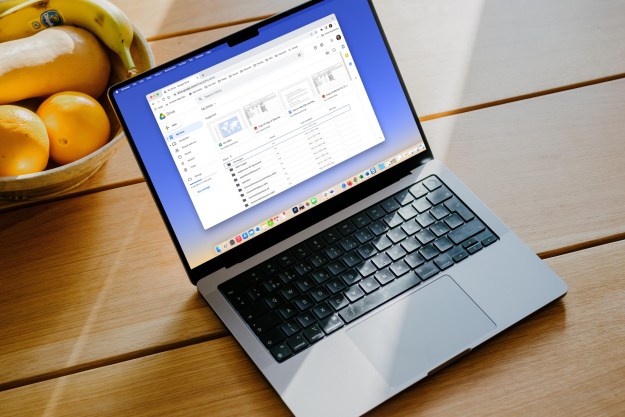
Google Chrome might be one of the most popular web browsers, but it also is known to take up a lot of your computer’s processing power. Well, that will soon change. As noted by Chrome Story, Google is working on an experimental feature for Chrome that sets out to reduce its overall memory usage.
Known as “Skip best effort tasks,” the feature is currently available for testing in the latest Canary beta version of Google Chrome. Essentially, this feature cuts out typical Chrome tasks such as writing user data to the disk, cleaning caches, reporting metrics and updating components until the browser is ready to be shut down. These tasks are usually running in the background of the web browser and, as usage time progresses, can cause an increase in overall memory usage.
It is not on by default in Chrome Canary and, as with most experimental elements, is hidden behind a flag. Once loaded by typing in chrome://flags/#disable-best-effort-tasks, the setting option for the new memory-reducing ability can be enabled or disabled at will.
This wouldn’t be the first time that Google has been considering ways to make the Chrome browser more efficient. Previous information spotted in the Chromium open-source project revealed that it was working on a “never-slow mode” which intends to increase the performance and load times on select web pages. That feature aims to increase the load time on websites which typically load large scripts and also cuts back on technical elements in web pages like images, stylesheets, scripts, fonts, and long script tasks.
It is still not clear if and when the new memory reducing feature will come to regular versions of Google Chrome. Over the past few months, Google has put a lot of development effort into the browser. Several notable incoming new elements for Google Chrome have been spotted recently, including a new ability to give users warnings for lookalike URLs. A second feature also promises to fight websites that take control of the back button and history. For those who have plenty of websites open on a daily basis, Google is also working on a tab grouping feature which will reduce overall clutter.
Editors' Recommendations
- 5 web browsers you should use instead of Google Chrome or Edge
- Google may build Gemini AI directly into Chrome
- Google just settled a $5B privacy suit involving Chrome browser
- Google has a great idea to fix your tab chaos in Chrome
- Apple almost rejected Google for this key Safari feature

